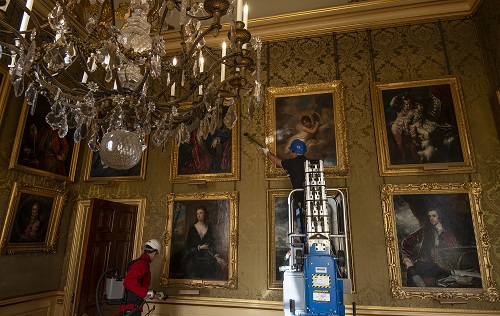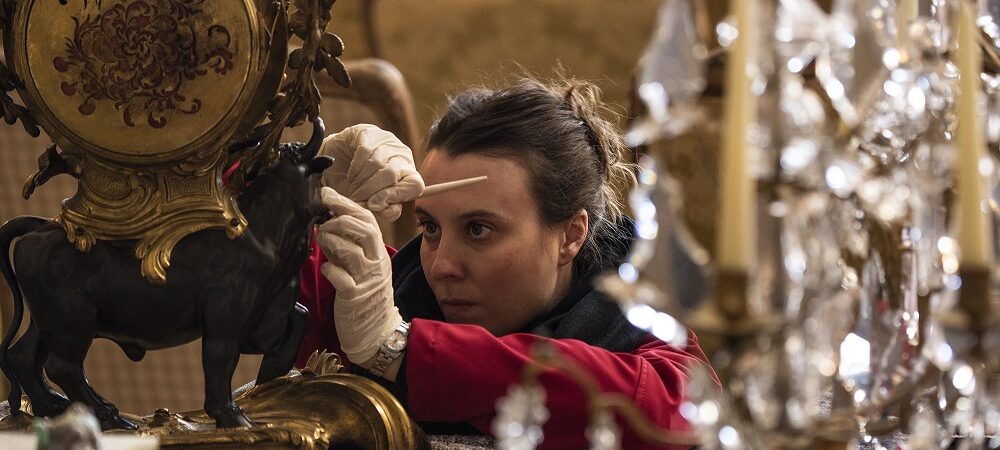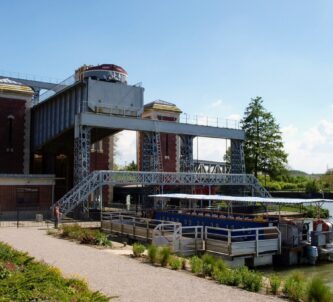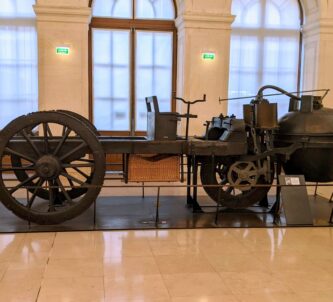Blenheim Palace, home to the Dukes of Marlborough since 1705, has started its annual deep clean, which, it turns out, is quite a complex process requiring more than a can of Pledge (other multi-surface cleaners are available) and a feather duster!
The deep clean includes everything from silverware and sculptures to tables and tapestries, including 18 clocks, 38 pieces of armour and 40 busts and sculptures. Each needs special attention and techniques for quality preservation, using distilled water and no aerosol sprays.

Kate Ballenger, Keeper of Palace and Collections, says: “Every year a whole team of specialists come together to undertake our vital deep clean. The process involves review, restoration, and thorough cleaning specific to each type of item, which is part of our continuous conservation work.”
Natural cleaning products, bristle brushes and old-fashioned elbow grease are being used by the cleaners as they embark on the annual New Year deep clean. The team also adopt new technologies such as museum vacuum cleaners with HEPA filters, as each room has to be carefully stripped of all the furniture and artefacts and vacuumed to within an inch of its life from floor to ceiling.
Alongside the annual clean, vital repairs and restoration are being undertaken in January to the Clock Tower. The Clock Tower connects the East Courtyard to the Great Court and the East Courtyard houses all of the services for the Palace. The clock, which has four faces and three bells, was made by Langley Bradley in 1710. Langley Bradley was Master of the Clockmakers Company and made the original clock (circa 1706) for St. Paul’s Cathedral in London.
The conservators will be completing the following significant repairs; gaining access to the dials using scaffolding and disconnecting all four dials from the clock, removing hands from all dials, inspecting the north dial hand and spindle ends, then withdrawing the dial motion works from all four dials. They will then remove the equipment and return the dial works and hand to Blenheim Palace’s workshop where the items will be fully stripped and cleaned. A new minute spindle for the west dial will be specially manufactured and once returned to the site, the dial motion works will be lubricated and installed as well as the hands. Finally, all four dials will be synchronized with the clock and hammer check springs will be adjusted.
The indoor deep clean started in the library on Sunday 7 January and will take approximately 8 days. Cleaning and restoration of the whole of Blenheim Palace will take 6-8 weeks. Blenheim Palace has been running daily restoration and conservation tours giving visitors the opportunity to hear from experts on the methods used to restore and repair the building and collections within it. These tours will end on 16 February 2024.








